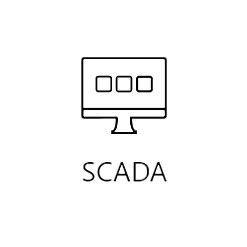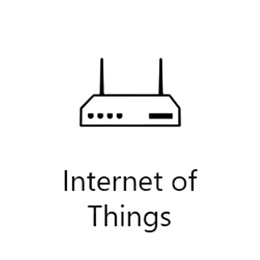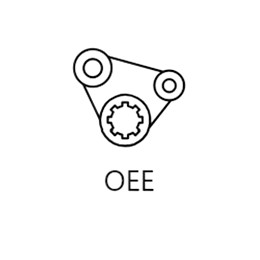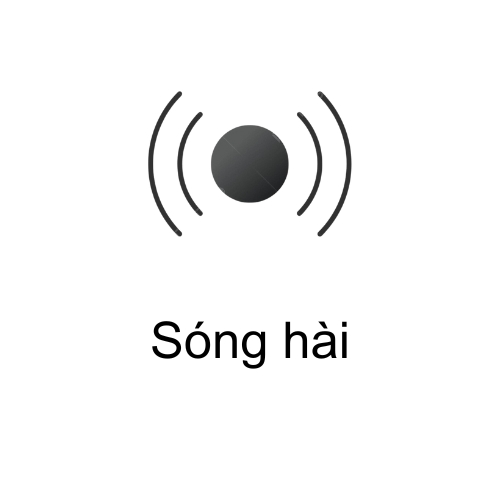SLUTIONS Harmonic
Origin of harmonics

Degree of influence of harmonics

Technically
- Increased in temperature: Motors, transformers, and conductors experience a reduction in their service life.
- Reduced decrease: Motors and transformers operateinefficiently due to energy loss, leading to reduced performance.
- Voltage distortion:This impacts power quality and the operation of devices.
- Noise generation: Increased temperatures can cause noise, affecting the surrounding work environment.
- Electrical Issues: Higher temperatures may lead to circuit breaks, equipment failures, and decreased reliability of the electrical system.

Economically
- Increased operating costs: Contribute to higher power consumption, leading to elevated electricity costs.
- Reduced equipment life:Increased maintenance and replacement costs due to wear and tear on equipment.
- Reduced productivity: Equipment failures or downtime caused by harmonics lead to decreased productivity and economic losses.
- Increased investment costs: Factories may need to invest in reactive power compensation systems or harmonic filters, resulting in higher initial investment costs.
Solution for handling harmonics
Choke
This method is effective in filtering and reducing the effects of harmonics. It is favored by many factories for its simplicity and cost-effectiveness.
Operating principle: Based on the principle of electromagnetism, it creates impedance for high-frequency components (harmonics) in the current, while allowing low-frequency components (basic frequencies) to pass through more easily. Typically, resistance coils have a resistance value of 3% to 6% to improve power quality.


Passive Filter
This device enhances efficiency in eliminating harmonics while preserving the fundamental signal. Although the design is straightforward, the distribution grid system and passive filters may not always align with the designer’s intentions.
Operating principle: This filter is based on fundamental components such as inductors, capacitors, and resistors. It operates efficiently under specific system conditions while minimizing the negative impact on other components in the power grid.
Active Filter
This technology uses advanced methods to adjust the filter frequency based on system conditions. In addition to filtering, it can amplify the signal, thereby enhancing overall signal quality.
Operating principle: The active filter measures the current, separates the 50 Hz fundamental component from the signal, and analyzes the remaining frequency components. It then injects a compensation current to cancel out each harmonic component. Typically, an active filter can effectively filter up to the 50th harmonic and achieve a post-filtered harmonic distortion of less than 5%.

Benefits
Reduce energy loss
Lowers the temperature in devices, thereby decreasing power loss due to thermal effects.
Increase reliability
The electrical system operates more stably, reducing the risk of sudden shutdowns and incidents.
Reduce electromagnetic noise
Devices operate more smoothly, minimizing noise and vibrations.
Increase system performance
Enhances the power factor, leading to energy savings and lower operating costs.
Improve power quality
Reduces voltage and current wave distortion, helping the system function more efficiently.
Equipment Protection
Minimizes damage to electrical equipment, such as motors and transformers, thereby extending their lifespan.
Meet regulatory requirements
Ensures compliance with power quality standards and regulations, helping to avoid fines and enhance business reputation.
Improved transmission performancei
Reducing harmonics enhances the ability to transmit electricity through the grid, decreasing the risk of overload.
New projects
Compilation of the projects we have implemented.















